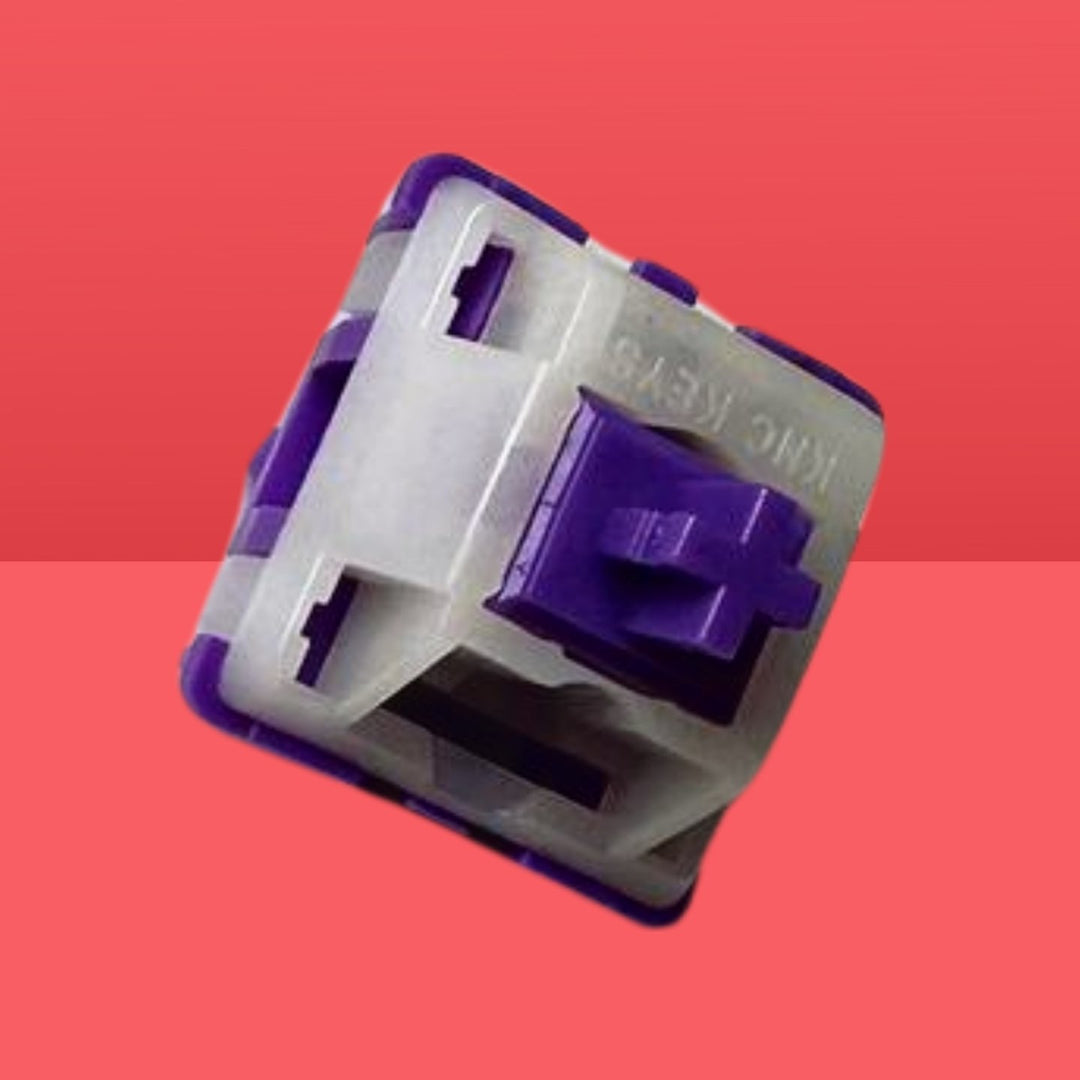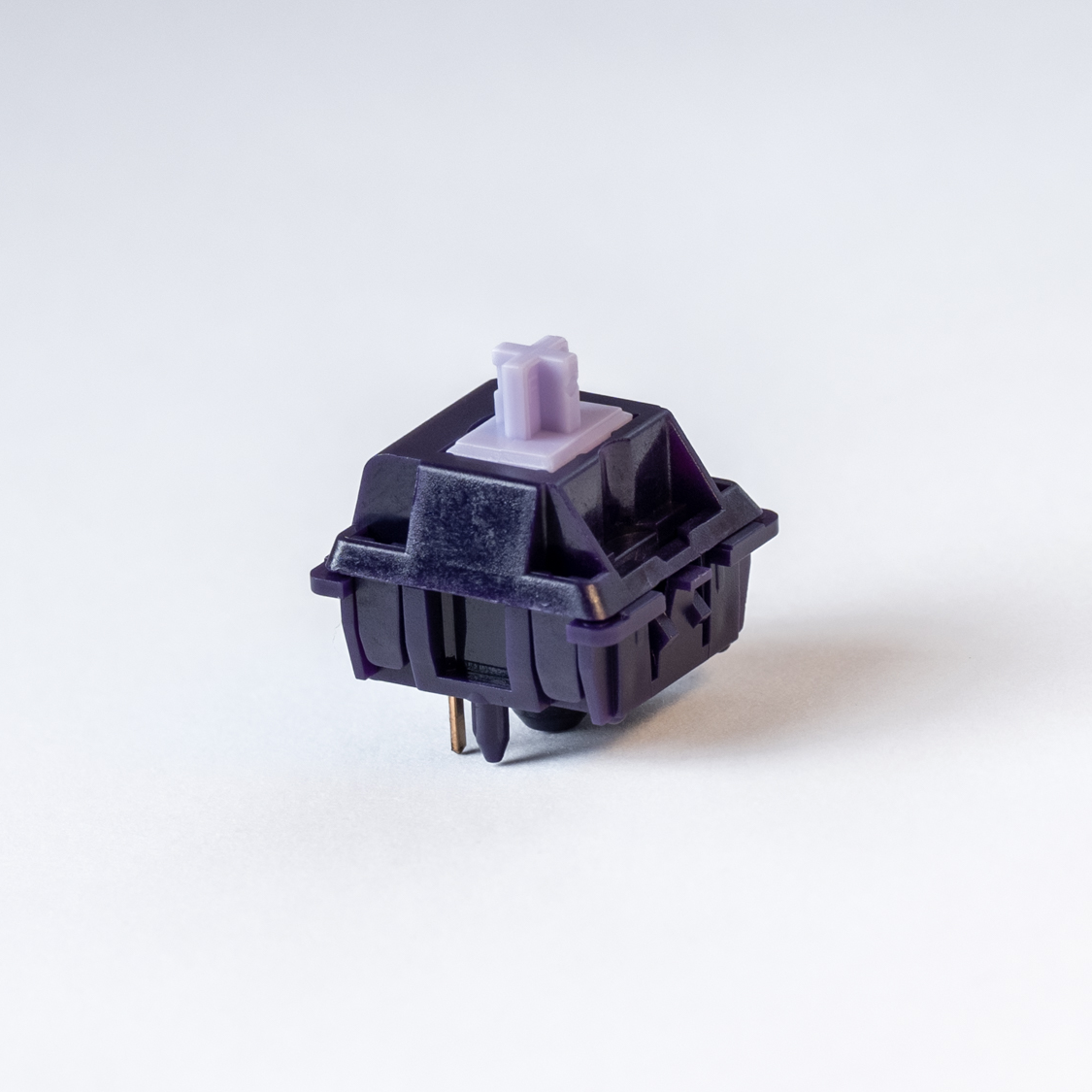For a balanced feel, many users recommend tactile switches over clicky options.
The Relevance of Tactile Changes in Producing Dependable Customer Interfaces
Responsive buttons, integral components in different electronic tools, supply distinct comments via a physical feeling upon actuation - tactile switches. As technology penetrates even more elements of everyday life, understanding the refined yet considerable effect of these switches on customer interaction becomes vital.
Understanding Tactile Feedback: The Fundamentals of Tactile Changes
Responsive buttons, important components in numerous digital devices, give instant physical responses when triggered. These buttons feature a device that customers can really feel and hear at the factor of get in touch with, verifying an activity has been initiated. Typically located in keyboards, remotes, and commercial controls, tactile switches are liked for their sharp, crisp action which improves the assurance of input commands.
The building and construction of a responsive button includes a dome-shaped rubber or steel that falls down and after that recoils upon release, finishing an electrical circuit. This action creates a recognizable click. The distinct tactile and audible responses is critical for fast-paced environments like gaming or in scenarios needing precise information access, where users profit tremendously from immediate physical verification of their inputs.

Efficiency in design additionally enables these switches to be sturdy, generally withstanding numerous cycles without efficiency destruction, making them reliable parts in both customer electronic devices and high-demand industrial applications. - tactile switches
The Role of Tactile Switches Over in Enhancing User Experience

Additionally, responsive buttons contribute to a much more instinctive customer experience. They can be designed with varying levels of actuation pressure and distinct responsive accounts, permitting for customization that suits details individual demands and choices. This adaptability not only makes gadgets much more easy to use however likewise boosts contentment by providing to specific interaction styles. Because of this, users typically report higher levels of convenience and reduced fatigue, particularly in circumstances entailing prolonged usage of modern technology, underscoring the crucial duty of tactile buttons in modern interface layout.
Applications and Developments: Tactile Changes Across Industries
Where might one run into tactile buttons outside of standard consumer electronic devices? In health care, responsive switches are used in handheld analysis tools where exact feedback is important for procedure.
In the automotive description industry, tactile switches contribute to much safer driving experiences by being integrated right into steering wheel controls and control panel interfaces. This allows vehicle drivers to operate stereos, GPS, and various other in-car performances without looking away from the road.
Similarly, see here now in industrial setups, these buttons are essential for equipment controls where operators rely upon clear tactile feedback to validate successful activation or deactivation of equipment, thus avoiding functional mistakes and boosting security in environments that typically entail high-stakes procedures. These instances underscore how site responsive buttons help with dependability and effectiveness across varied industries.
Verdict
